I’m just coming into my third week of my Fine Art degree at The Ruskin School of Art and wanted to share my approach to creating a sense of momentum in the studios, during the first week in particular. A lot of this follows the points in Paula’s post ‘Techniques for Becoming Unstuck,’ and I’ve found it reassuring to see how quickly it is possible to find a state of flow, in a completely new environment, when you’re consciously trying to be open. Of course, that feeling of flow is fragile and there have been times where I’ve doubted my thoughts and everything has disappeared, but the techniques mentioned have definitely helped to reground me, and I’m feeling excited for the next few weeks.
Coming into the studios and trying to align the start of term with the ‘start’ of a creative practice is a strange thing. My days in the studio aren’t structured in the way that they might be for other degrees in other subjects, and it’s down to you to make something of the day. There’s also something strange about coming into a studio that doesn’t yet have any of your work, materials or thoughts in it; it’s not a place that, at the beginning, has much of a personal creative atmosphere – it feels full of potential, but like the first blank page of a sketchbook, it has sometimes felt too open and intimidating to begin.
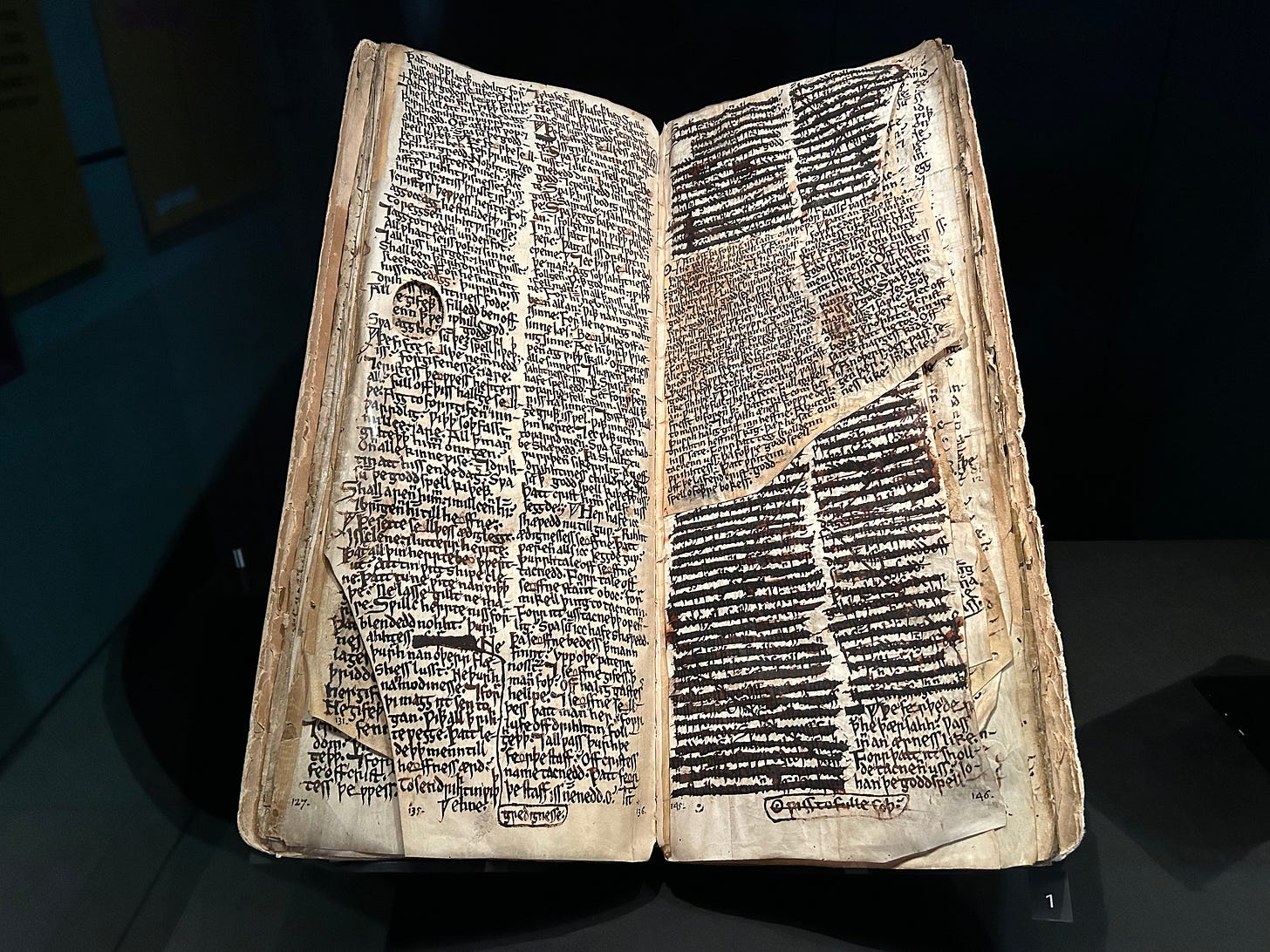
The advice I was given (thank you, Mum) was to get out of the studios, and spend the first week gathering and collecting. To find something to hold, metaphorically. I spent that first week of my degree in museums; the Ashmolean of course, but also outside of that, exhibitions about literature, and the physicality of books, antique shops, and buildings with interesting/old architecture. As much as the week was helpful for providing some leads to follow, I also think it was so important for me to ground myself in this new city, to start to feel familiar with its roads and secret paths, to find its old bookshops and charity shops, and orientate myself within all that context. The work that I produce won’t exist in a vacuum, and there are going to be times in the next few weeks when I’m searching for something, visual or physical or even a soundscape, and having a grasp to some extent on what is available around me will hopefully make that easier to find.
I’ve been trying not to second guess what it is that interests me enough to record it in some sense, whether that be through photographs, drawings or notes. I’ve also tried not to overthink the way in which I record. Some pages of my sketchbook exist with only one finding on them, with lots of space, while other pages hold multiple ‘unrelated’ fragments or pieces of information. Sometimes the space around is helpful in giving a phrase or image weight, and it helps me see it with a new gravitas, compared to its original source, when I reopen the book. Sometimes it’s the connections and juxtapositions formed between moments pushed together on the same double spread that kickstart an idea.
Next comes externalisation. Getting something physical into the studio space by printing out all my sources, so that I can see the disparate elements that are intriguing me as a whole. I curated my walls to some extent in terms of the arrangement of images, but I tried not to intellectualise about it too much; I think there’s a clue in the beginning stage of a project when you’re not too familiar with your thoughts, when you’re open enough for things to surprise you, and I didn’t want to lose that, so I taped everything to my wall quite quickly. A couple of weeks later, I think I’m at a stage now where editing my wall more consciously will be helpful, to distil what is and isn’t working, but that didn’t feel appropriate at the beginning.
I’ve also found reading to be a big part of my gathering process, and I’d like to talk more about words and the use of language as a device for idea development in another post, but for now, alongside recording visual information, I’ve found it incredibly helpful to make note of any phrases, words, or juxtaposing of words that attract me. Having them present in the studio, they can act as lenses through which other images can be seen in a new light.
I think allowing the time for thinking and reflection is important at the beginning. It’s a fragile moment and can easily feel “unproductive,” when really so much is going on. There also comes a point though when its beneficial to do something practical, to save yourself from getting so caught up theory, even if all that means is sanding something down or priming something. Connecting to the materials might be what’s needed to move something along.
If I’m feeling like the energy is stagnant or stuck, I’ve found it helpful to keep a list of practices and forms of art that excite me. To approach something from another angle. I’ve found clues in looking at what interests me that I had assumed was separate from my studio practice – the postcards I’d chosen for my room, or my enjoyment of knitting - I’ve come to realise that these speak honestly about what excites me, and might therefore hold clues for my work.
Looking forwards, I’d like to remind myself to keep adding to the pot. Keep going out of the studios and taking opportunities, following small instincts and researching more thoroughly to see if something bigger opens up. Spice up the flow once you’re in it, and keep things moving.
Techniques for Becoming Unstuck
Last week I met with some of the AccessArt team, to begin to develop a curriculum for ages 11 to 14. The task we have given ourselves is to create a curriculum which helps young teenagers, and their teachers, to explore what “art” might really mean to them, and to use this insight to plan topics which focus on igniting a personal understanding of art, w…

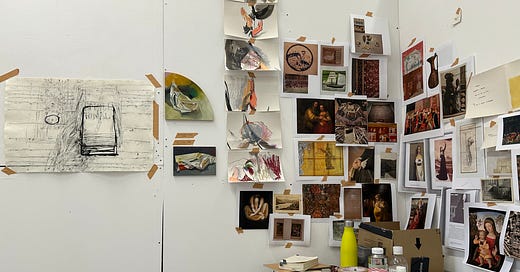


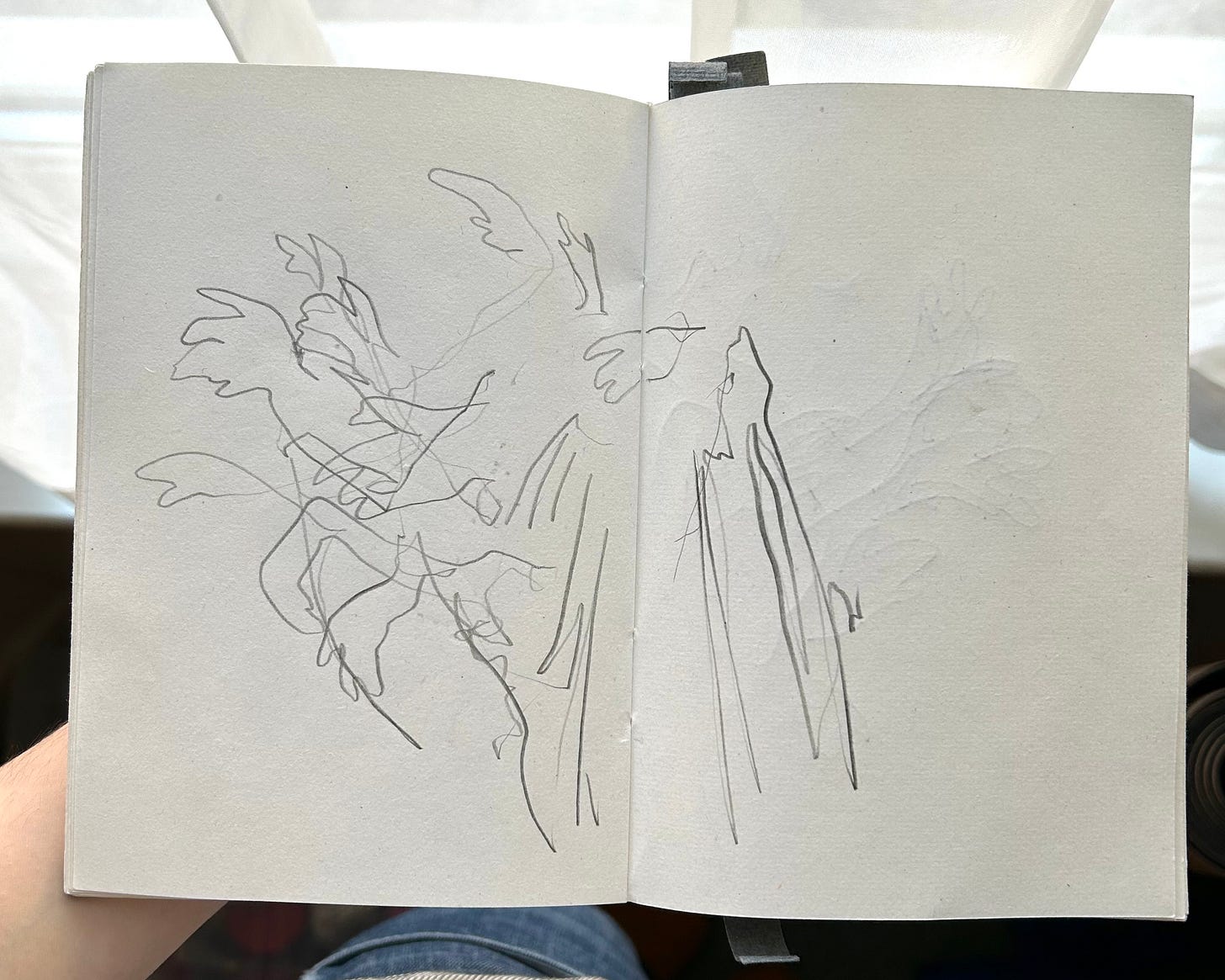
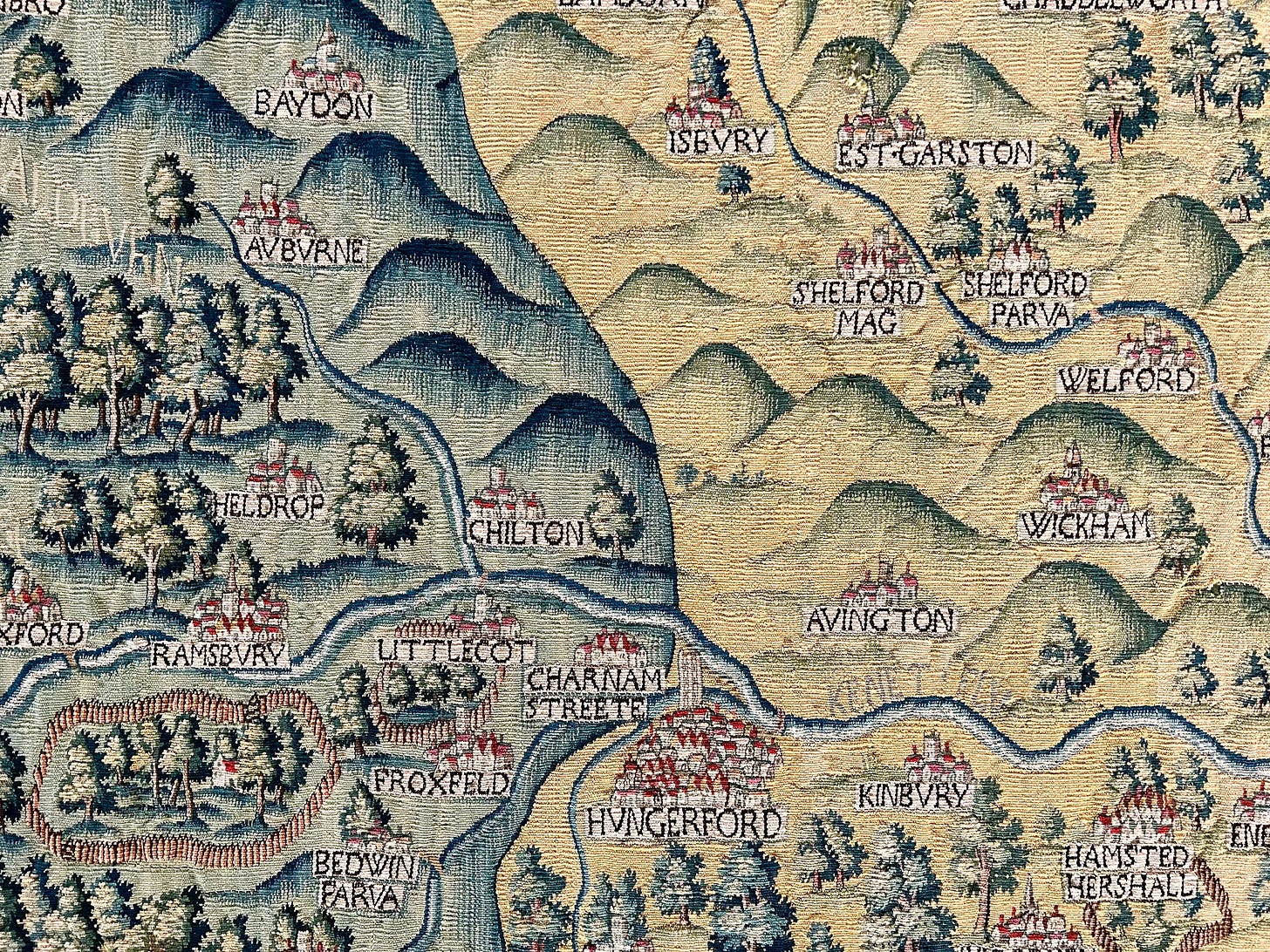
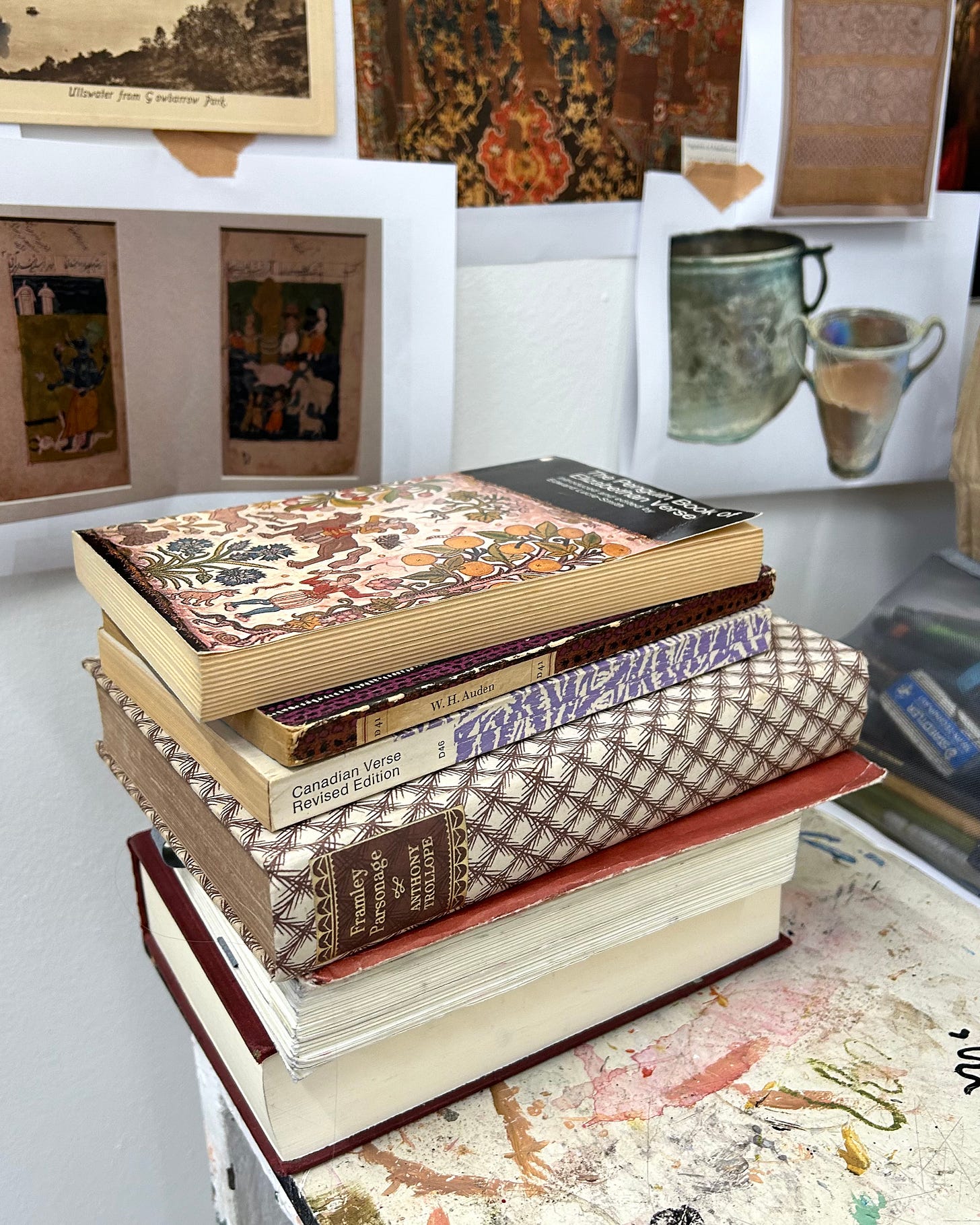
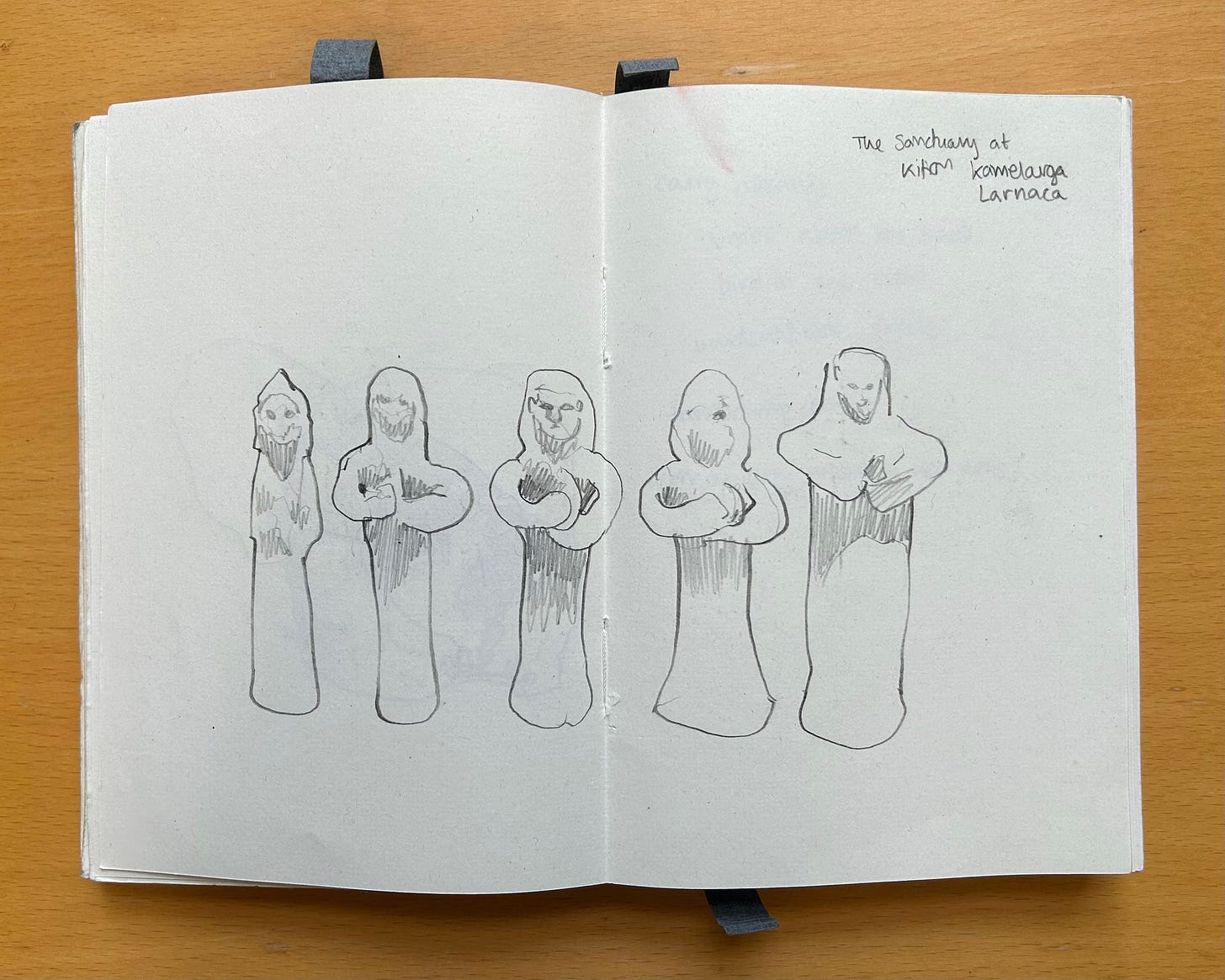


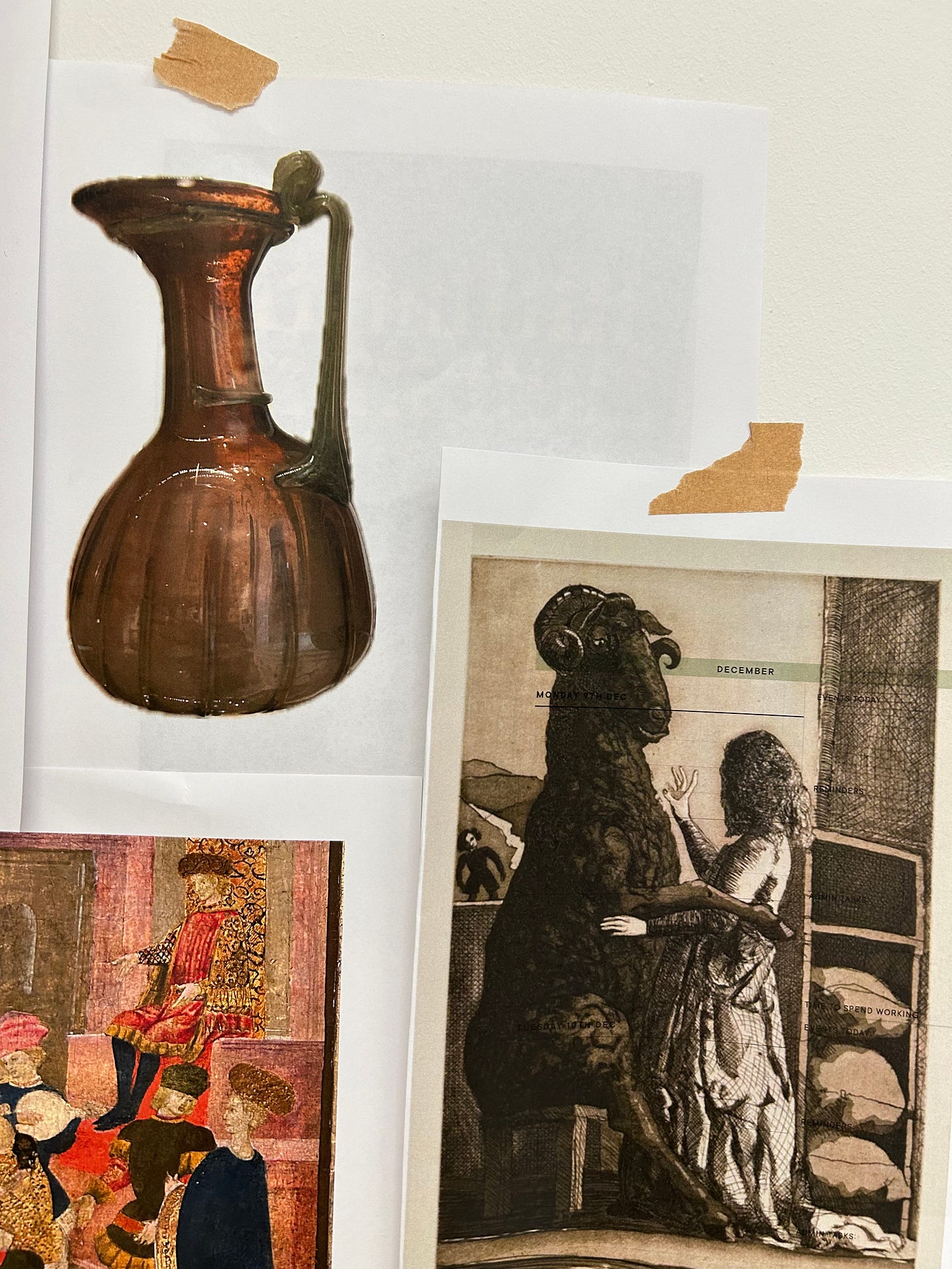
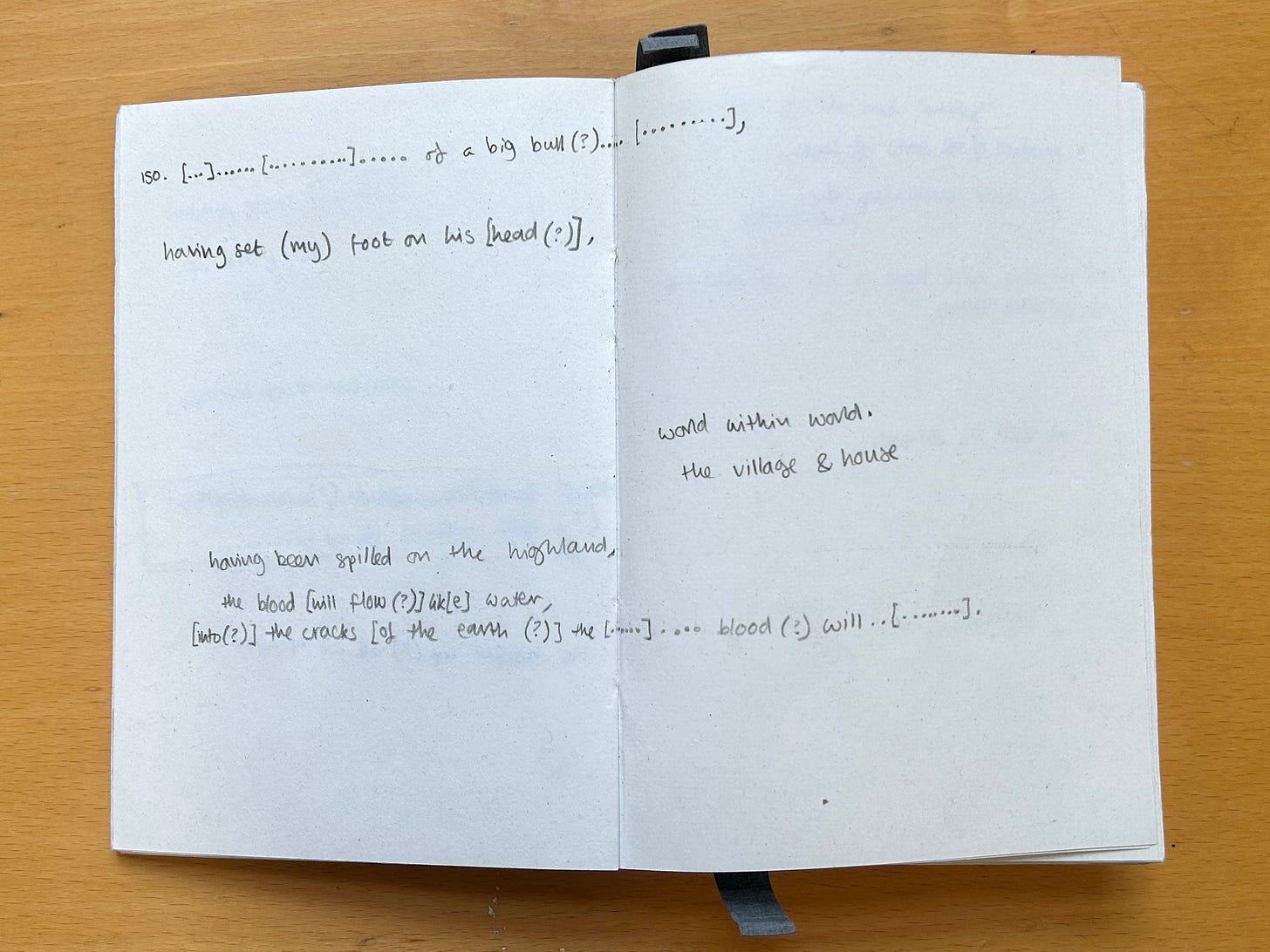
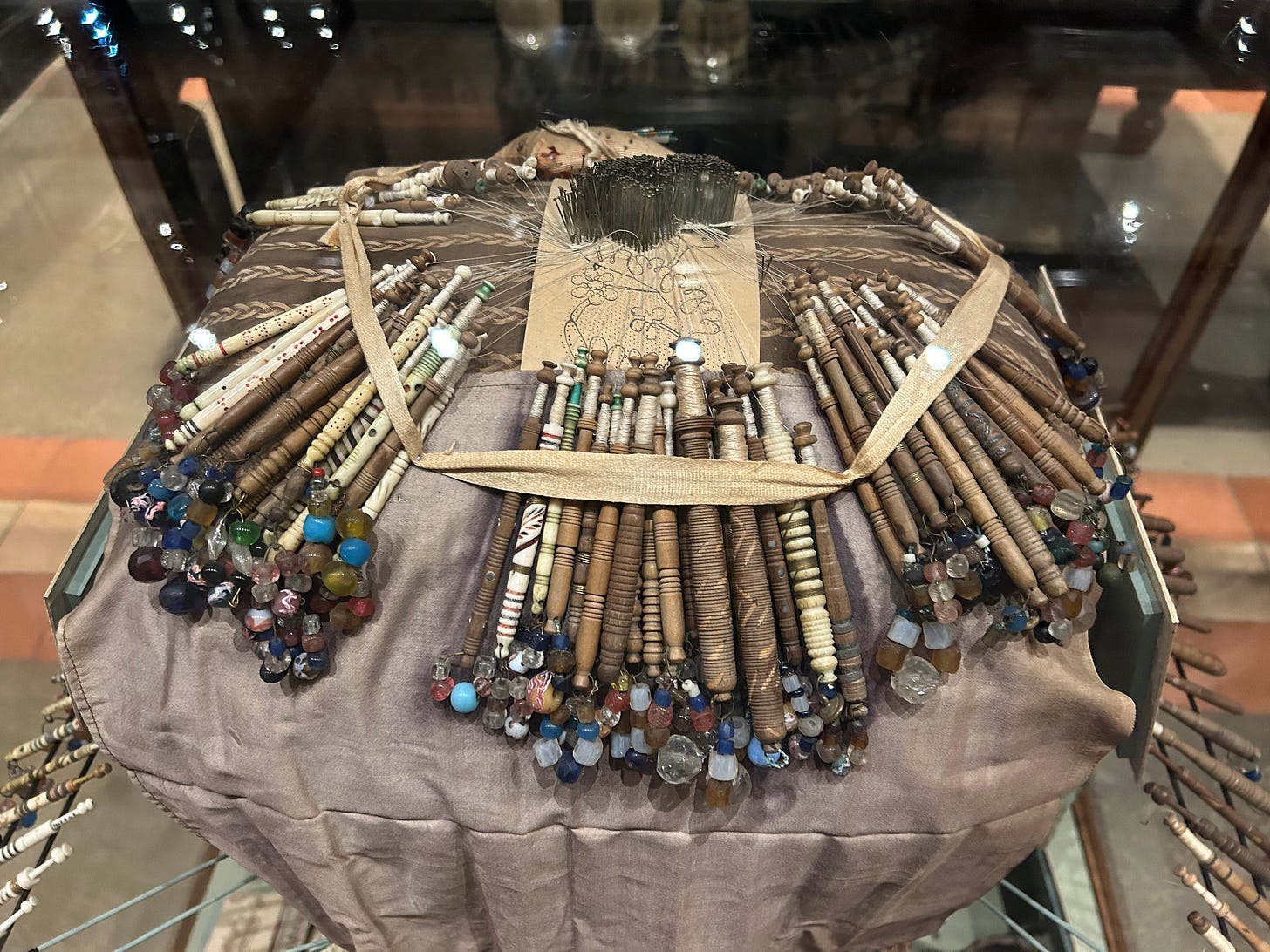
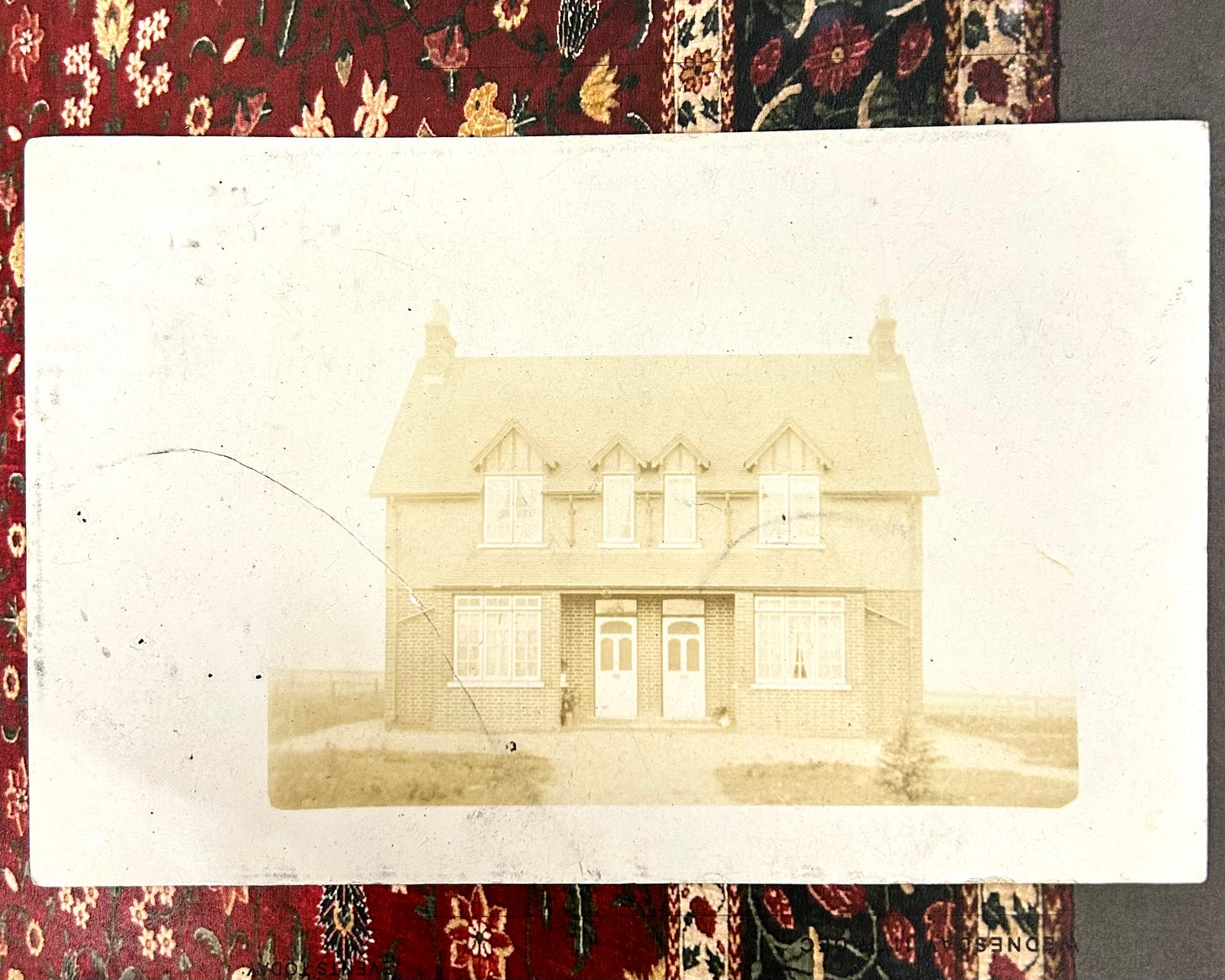

This post was so helpful to me, personally, I must comment. Recently, I have been in exactly the same position as you describe when faced by the blank walls of your new studio space, even though we are light years apart in age and circumstances. I have been trying to start work in a new, clean and reorganised studio space with the intention of experimenting with different media, tools and scale. Your mum’s advice was spot on for me too, as I faced the startling realisation that I didn’t have a clue what I was going to do, where to start or what was needed. I don’t have much in the way of museums, galleries or even charity shops on my doorstep, but your post made me realise I am surrounded by other realities and ideas. I have the capacity to “get out there”, find, reject/select, curate, collate and/or develop, free from the constraints of my previous mindset and practice, and/or drawing on it if I please. I am now the proud owner of a kick-started sketchbook, a huge noticeboard of pinned up (rather strange) photos to consider and curiously selected objects to hold. They are happily restoring my super clean, re-organised studio space back to business. At last, I feel excited to begin again, and I didn’t even need to go online, shopping for Black Friday’s exciting range offers to replace my tired brushes. So thank-you very much, Rowan and Paula.